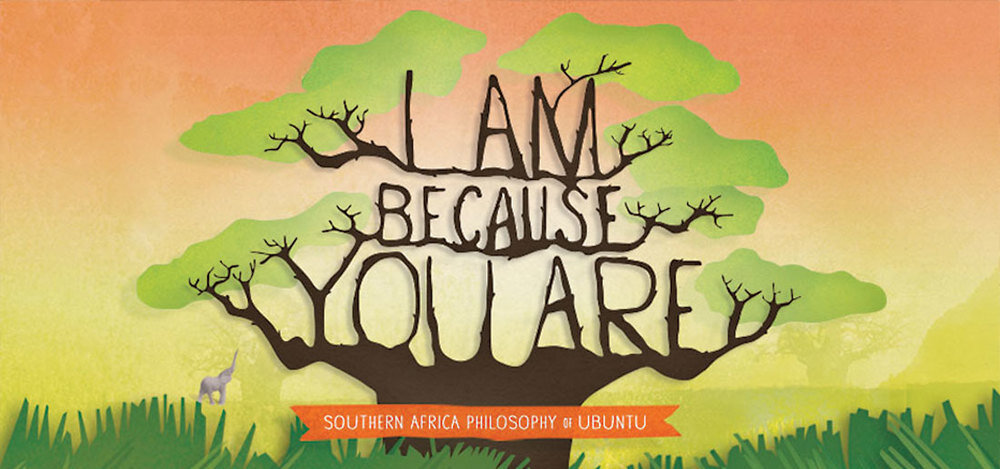There appears to be a parental concern that children are taking longer to mature; the teenagers of the 2020s do not appear to have the same ability to take responsibilities, as those of the 1980s.
Another apparent concern is that the boy child is taking longer to mature, compared to the girl counterpart.
The words “appear” and “apparent” have been deliberately used, since the word “maturity” is used with a diverse set of meanings, pegged on cultures, as well as on personal outlooks.
In this write-up, the word “mature” is used to refer to an ability to have a clear understanding of life’s actions and subsequent consequences. It also incorporates one’s willingness and readiness to undertake taxing responsibilities that propel one towards maximization of one’s resource-ful-ness, yet with clear care to ensure the wellness of the other, and of the environment.

In response to the raised concerns, does the teenager of the 2020s appear to embrace maturity slower than that of the 1980s, and is the girl teenager, maturing and responding better to life challenges, compared to the boy teenager?
An umbrella response would be detrimental to any efforts toward clarity, so a wider analysis of the different times is given.
Evidently, the times of the 1980s are different from those of the 2020s.
 In reference to Kenya, as a way of locating the write-up, this country got her independence in the 1960s. So also, around this decade times, many other African countries became independent.
In reference to Kenya, as a way of locating the write-up, this country got her independence in the 1960s. So also, around this decade times, many other African countries became independent.
This meant that the Africans started taking on leadership and self-governance responsibilities from the European master, largely in the 1970s. This also meant extended responsibility for taking in homes, for this independent African.
Also, save for the very few Kenyans that went to school prior to independence times, notable numbers started embracing school in the 1960s and 1970s. This meant that in the 1980s, white-collar jobs were available for the “educated” as per the standards of the time.
At that time, a majority of those that went to school were male.
There was still a prevalent feeling that the place of the woman was in the kitchen and in taking care of children.
With this understanding, taking her for a formal white man’s education was a waste of resources and it would derail her. For those that left the university in the 1990s, jobs were more or less readily available. Slightly older relatives and friends who had completed their secondary education in the early 1970s had easily been absorbed into “well-paying” government jobs available at the time.
Certainly, with very few reaching those levels, jobs were available.
At that time too, with the introduction of cash crops, those having the know-how to go to the banks and receive money were majorly the men.
Women, and by extension the girl-child were second-rated.
During those times, almost all who managed to get to school saw and used it as a sure way to get their families out of poverty. Mud-walled and grass-thatched houses were the norm in the villages. Going to school barefoot was a usual practice. It may sound uncertain and, in a way, unjust to say that people were poorer: food appeared more readily available since the growing of food crops was preferred to that of cash crops.
The money economy was still quite alien, and communal focus on the wellness of each individual appeared to have been better embraced: We are therefore, I am (J.S. Mbiti, African Religions, and Philosophy/Ubuntu).

With such a philosophy, there was less competition and individuality. Also, with the “fear” or “value” of the customs and traditions of the indigenous ethnic communities, checks, and balances monitored individual greed, criminality, and issues that would otherwise jeopardize the society.
Issues of corruption, and wanton destruction of public resources, were thus largely kept in check. Gaps between the rich and the poor were also hugely discouraged. The lack of basic needs for an individual was a concern of society.
The woman and the child were embraced for their fecundity and sense of societal tomorrow-ness, respectively, were valued. Any danger between the two was speedily dealt with. With any imminent threat to society, the growing teenager saw the need to quickly take up the responsibility of taking care of the self and society. It was his/her role and responsibility.
That in no way does not state that some still chose to go the self-destruction way of being irresponsible.
A fraction of the teenagers of the 2020s appears to be coming from homesteads that are not challenged by that traditional “poverty”.
With the facade that “doing well” is in having a car, a stone house, electricity, and piped water, as well as having electrical gadgets, and finally dressing well, there appears to be a misplaced significance of keywords, among them “being rich”. For the teenager whose parents are traditional independent-Kenya civil servants, there may be a “lie” that they are wealthy. For those who come from rural backgrounds where they may not be lavishing in this life of the urban dwellers, there may be a feeling of lack and being unfairly treated.
Such may easily feel frustrated by efforts to get out of “poverty”.
They may be faced with joblessness and thus disillusionment. Such too may be prone to local brews in an attempt to “escape” from the looming pangs of poverty. Those who easily fall into the trap of rural-urban migration attempt to settle in the crowded cities and urban areas may make them even poorer, having to live from hand to mouth. The huge numbers of African poor languishing in mistreatment in abroad countries, is a concern, especially for the African girl teenager.
Yet many continue to look for ways to run away from their current areas of locally placed poverty.
There also appears to be a deceptive understanding of what success entails. The information age, making the world a global village, calls for guidance on what one watches and listens to from the media. The many soap operas, the movies from all over, and the current wave of social media may easily trap an immature mind into living an illusion.
- What of that which is seen, is real, and what is choreographed?
- What is each exposure meant to achieve and what does it achieve in the growing mind of the teenager?
- What are the role of the boy teenager and the female teenager?


With the commercialization of learning institutions from primary to tertiary levels, it is never clear, what the role of these organizations is.
Added to this, is the continued commercialization of religious-based institutions, with more focus being on the money rather than on the spiritual value. The health institutions too, have followed the commercialization trend thus making the service a preserve of the “rich”.
Is all in the third world, meant to be looked at from one main statement: maximizing income and minimizing expenses, to maximize individual profits?
Based on this looming reality, is it that the 2020 teenager that is not maturing at the same level as that of the 1980s, or is it that those that are responsible “adults” have toxified the grounds upon which the teenagers should mature?
Or perhaps, there should be a middle ground where each (adult and teenager) is invited to look into their contribution towards the immaturity debate!
With the immense talks and focus on the girl-child, is the adult, over-expecting from the boy-child, and with too much pressure, the center ceases to hold?
-
What role is the male parent playing in ensuring the presence, and provision of basic needs including security and identity to the growing minds?
-
What of the female parent: how much presence, motherly care, and initial teaching and training are availed to the growing minds?
-
Does the teenager have a shoulder to lean on in times of external rejection amidst immense adolescent challenges?
In case it is the adult that continues to mess the environment upon and within which the teenager is meant to thrive, is it not then evident, that expecting figs from thistles may be a little too far-fetched?
And if this is the case, with the clear realization that riches only turn to wealth when they surpass a generation, how safe is whatever wealth that we are creating?
If this is the case, therefore, whatever wealth we are busy amassing, with the illusion that our coming generations shall live easier lives, is futile for in whatever state, riches have to be managed for them to transform into sustainable wealth.
So then, evidently, rather than the adult blaming the teenager for maturing slowly, and the teenager accusing the adult of neglect, a mutual address to the situation is needed. Only then can a positive realistic and sustainable future for Africa, can be pursued.


